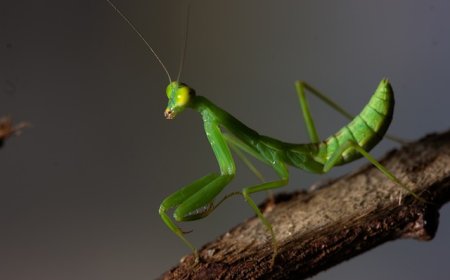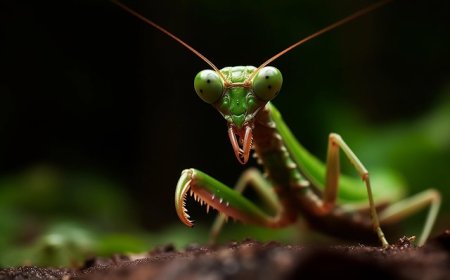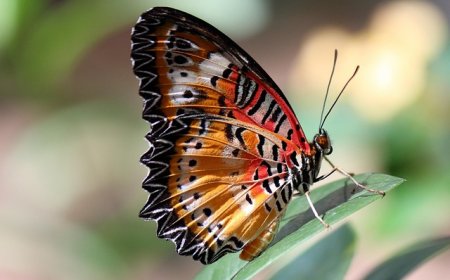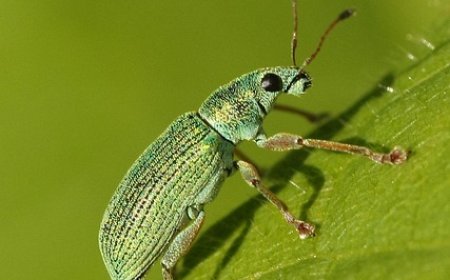Major Insects for Kids: Fascinating Facts, Life Cycles, and Types Explained
Explore the amazing world of insects with this kid-friendly guide. Learn about types of insects, their life cycles, and fun facts. Perfect for students, teachers, and curious minds!
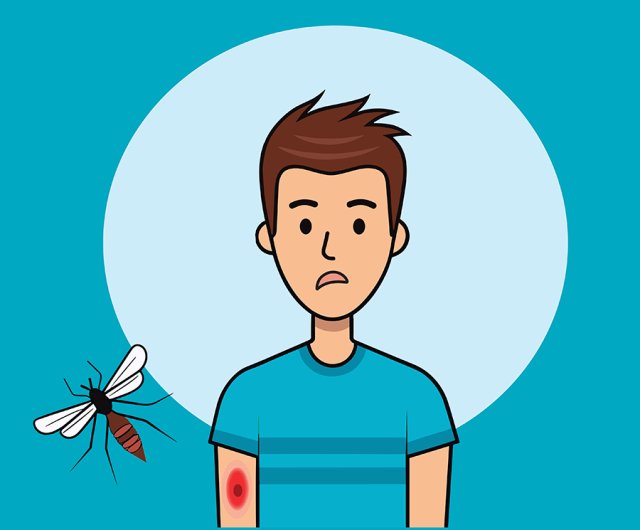
Major Insects: The Tiny Giants of the Natural World
Introduction
Insects are the most numerous and diverse group of animals on Earth. They have existed for over 400 million years and play essential roles in ecosystems, agriculture, and even human culture. From bees that pollinate crops to ants that build complex colonies, insects shape the world around us. Scientists estimate that there are more than 10 million species of insects, and many are still waiting to be discovered!
What Makes an Insect an Insect?
All insects share certain characteristics that set them apart from other animals. First, insects have three main body parts: the head, the thorax, and the abdomen. They have six legs attached to the thorax and most have two antennae on their heads. Many insects also have wings, although some, like fleas or lice, are wingless.
Insects have a hard outer covering called an exoskeleton made of chitin. This tough shell protects their bodies and keeps water inside, which helps them survive in dry environments.
Major Groups of Insects
There are many different types of insects, but here are some of the largest and most important groups:
🦋 Butterflies and Moths (Order Lepidoptera)
These insects have four large, scaly wings and a life cycle that includes a caterpillar stage. They are famous for their beautiful colors and patterns. Butterflies are active during the day, while moths often come out at night.
🐝 Bees, Wasps, and Ants (Order Hymenoptera)
This group includes social insects like honeybees and ants, as well as solitary wasps. Bees are essential pollinators, helping plants reproduce. Some wasps hunt other insects, and ants build huge underground nests.
🪲 Beetles (Order Coleoptera)
Beetles have two pairs of wings, with the front pair hardened into protective covers. They come in all shapes and sizes and include ladybugs, fireflies, and scarab beetles. Beetles are the largest order of insects, with over 350,000 known species.
🦟 Flies and Mosquitoes (Order Diptera)
Flies have only one pair of wings and are excellent fliers. Houseflies, fruit flies, and mosquitoes all belong to this group. While flies can be helpful as decomposers, mosquitoes spread diseases to humans and animals.
🦗 Grasshoppers, Crickets, and Katydids (Order Orthoptera)
These insects have strong back legs for jumping. Many species make sounds by rubbing their wings or legs together. Grasshoppers can sometimes become pests when they gather in swarms.
How Insects Help Humans
Insects have countless benefits. Bees pollinate crops, providing food for people worldwide. Ladybugs eat plant-damaging aphids. Silkworms produce silk, and honeybees make honey and beeswax. Even termites and beetles help break down dead wood, recycling nutrients into the soil.
How Insects Can Cause Problems
Some insects are pests. Mosquitoes can carry diseases like malaria and West Nile virus. Termites damage wooden buildings. Locust swarms can destroy crops in just hours. Scientists and farmers work to control harmful insects in safe and sustainable ways.
Life Cycles and Metamorphosis
Many insects go through metamorphosis, which means changing shape as they grow. For example, butterflies hatch as caterpillars, form a chrysalis, and emerge as adults with wings. This process includes:
Egg – The insect begins as an egg.
Larva – A worm-like stage (caterpillar, grub, maggot).
Pupa – A resting stage where transformation happens.
Adult – The final form, able to reproduce.
Some insects, like grasshoppers, have incomplete metamorphosis and develop by shedding their skin several times until they become adults.
Famous and Interesting Insects
Here are a few insects that are famous or especially important to people:
Monarch Butterfly – Known for its long migration across North America.
Honeybee – Vital pollinator and honey producer.
Praying Mantis – A predator that hunts other insects.
Dung Beetle – Rolls animal droppings into balls for food and shelter.
Firefly – Produces light through chemical reactions in its abdomen.
Fun Facts
Insects make up about 80% of all animal species on Earth.
The Goliath beetle can weigh up to 3.5 ounces—about as much as a small apple.
Dragonflies can fly up to 30 miles per hour.
Some ants build nests over 20 feet deep underground.
A honeybee colony can have over 50,000 bees working together.
Vocabulary Words
Exoskeleton – A hard outer covering that supports and protects an insect’s body.
Metamorphosis – The process of changing shape during an insect’s life.
Larva – The immature, worm-like stage of an insect.
Pupa – The stage when an insect transforms into an adult.
Pollination – Moving pollen between flowers to help plants make seeds.
Antennae – Sensory organs on an insect’s head.
Entomology – The scientific study of insects.
Chitin – The material that makes up an insect’s exoskeleton.
Decomposer – An organism that breaks down dead plants and animals.
Colony – A group of insects living and working together.
Kid-Friendly Summary
Insects are small creatures with six legs and bodies divided into three parts. They come in many shapes and colors, from butterflies and bees to beetles and ants. Insects help people by pollinating plants and breaking down dead things, but some can be pests. Studying insects teaches us how they survive, grow, and keep the world in balance.


















































